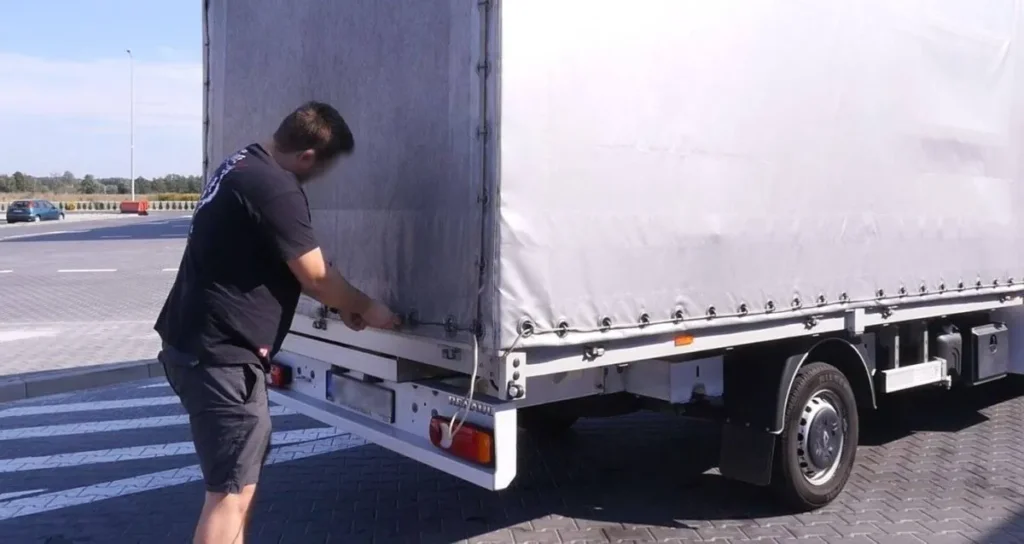The East European heavy trailer market is set for a notable contraction in 2025, driven by sharp downturns in Russia and Turkey, according to the latest forecast from market research firm CLEAR International.
The forecast covers 15 countries: Russia, Poland, Turkey, Belarus, Romania, the Czech Republic, Hungary, Lithuania, Estonia, Latvia, Slovenia, Slovakia, Bulgaria, Ukraine and Croatia.
After two exceptionally strong years, both Russia and Turkey are now facing steep corrections. In Turkey, trailer sales hit record highs in 2022 and 2023 following four consecutive years of growth. Russia’s market, meanwhile, expanded rapidly during 2023–2024 due to state investment in logistics assets linked to the war in Ukraine. Both markets are now cooling faster than expected, leading to a regional decline of more than 10% in 2025.
While other East European markets are largely stable, the size of the Turkish and Russian downturns will drag down overall demand. Poland and Lithuania are the only countries expected to record growth, although the rise in Poland will be smaller than previously forecast.
Lower-cost trailers hit hardest by the slowdown
“Less expensive trailers such as curtain-side trailers or container chassis tend to fall faster in a downturn, whereas expensive trailers such as refrigerated units or tankers have less volatile demand,” Gary Beecroft, director of CLEAR International, told Trans.iNFO.
This shift reflects operators’ priorities during periods of uncertainty: postponing non-essential purchases while maintaining investment in higher-value, specialised equipment that is critical to daily operations.
Tariffs and uncertainty undermine investment confidence
Beecroft explained that the current weakness in the market stems from a combination of global and regional pressures.
“The US-imposed tariffs came just at the moment when the trailer market might have gathered some positive momentum. The tariffs increased uncertainty and that had a negative effect on business confidence, which means companies cancelled or postponed investment in new equipment such as trailers and trucks,” he said.
The continuing war in Ukraine and persistent inflation across Eastern Europe are further undermining business confidence and limiting investment appetite. In 2023, trailer demand in the region reached record highs, exceeding 110,000 units, but CLEAR International now expects it will take until 2028 for demand to return to those levels.
Operators delay renewals and turn to refurbishment
While most international and long-haul operators continue to rely on newer, high-reliability equipment, Beecroft observed a growing divergence between segments.
“For international / long-haul transport vehicle reliability is especially important, most of the fleet will tend to consist of newer trailers. For local haulage, some firms will keep their vehicles for longer. There is some new interest in refurbishment of old trailers to extend their lifetimes,” he explained.
This suggests that, while the slowdown will likely hit new trailer sales, the refurbishment and component sectors could see increased demand as smaller hauliers postpone replacement cycles.
Stable conditions forecast to fuel recovery from 2026
Despite the near-term downturn, the longer-term outlook remains positive. CLEAR International notes that the region has already seen declines in five of the past seven years, a pattern which typically precedes a rebound.
“A more stable economic environment will lead to a period of higher confidence and more investment,” Beecroft said. “After a disappointing 2025, the recovery will start in 2026, with more substantial growth in 2027 and 2028.”
In Western Europe, trailer demand is expected to remain almost flat in 2025, though still slightly positive. Germany and Belgium, two of the continent’s key trailer markets, continue to show weaker sales, limiting overall growth potential.
Falling trailer demand signals wider caution in road transport
Analysts say the contraction in trailer sales is not only a barometer of manufacturing health but also a leading indicator of hauliers’ investment confidence. Falling trailer demand often reflects weaker order books, lower freight rates, or cautious financing conditions.
For OEMs, component suppliers, and leasing firms operating in Eastern Europe, the 2025 slowdown could translate into tighter margins and delayed deliveries. However, if the projected recovery materialises, pent-up demand from several years of deferred investments could create a sharp rebound from 2026 onwards.
According to CLEAR International, 77% of all goods in Europe are moved by road, and most of that volume is transported in trailers: making trailer demand one of the clearest signals of economic and logistics activity across the continent.









